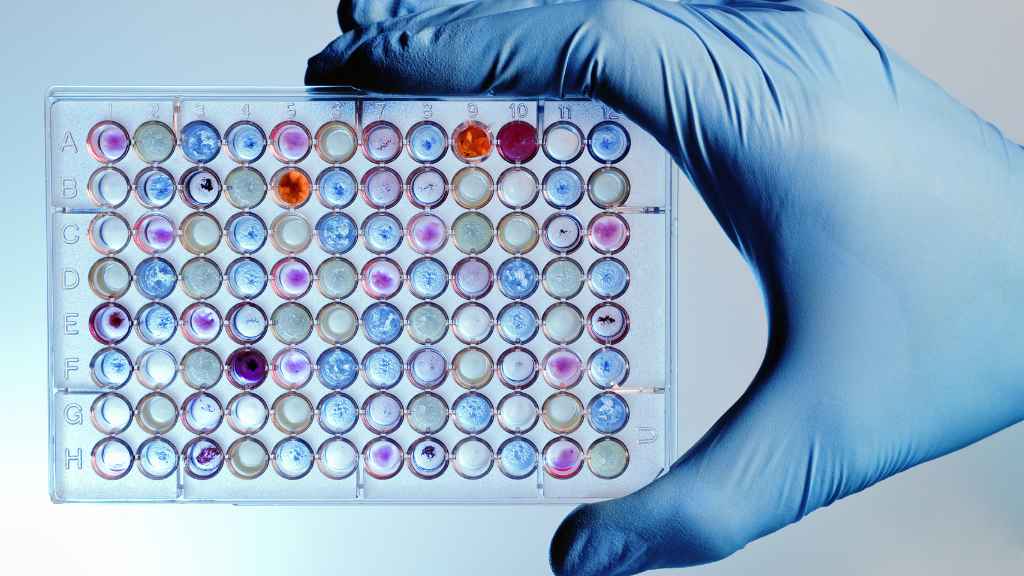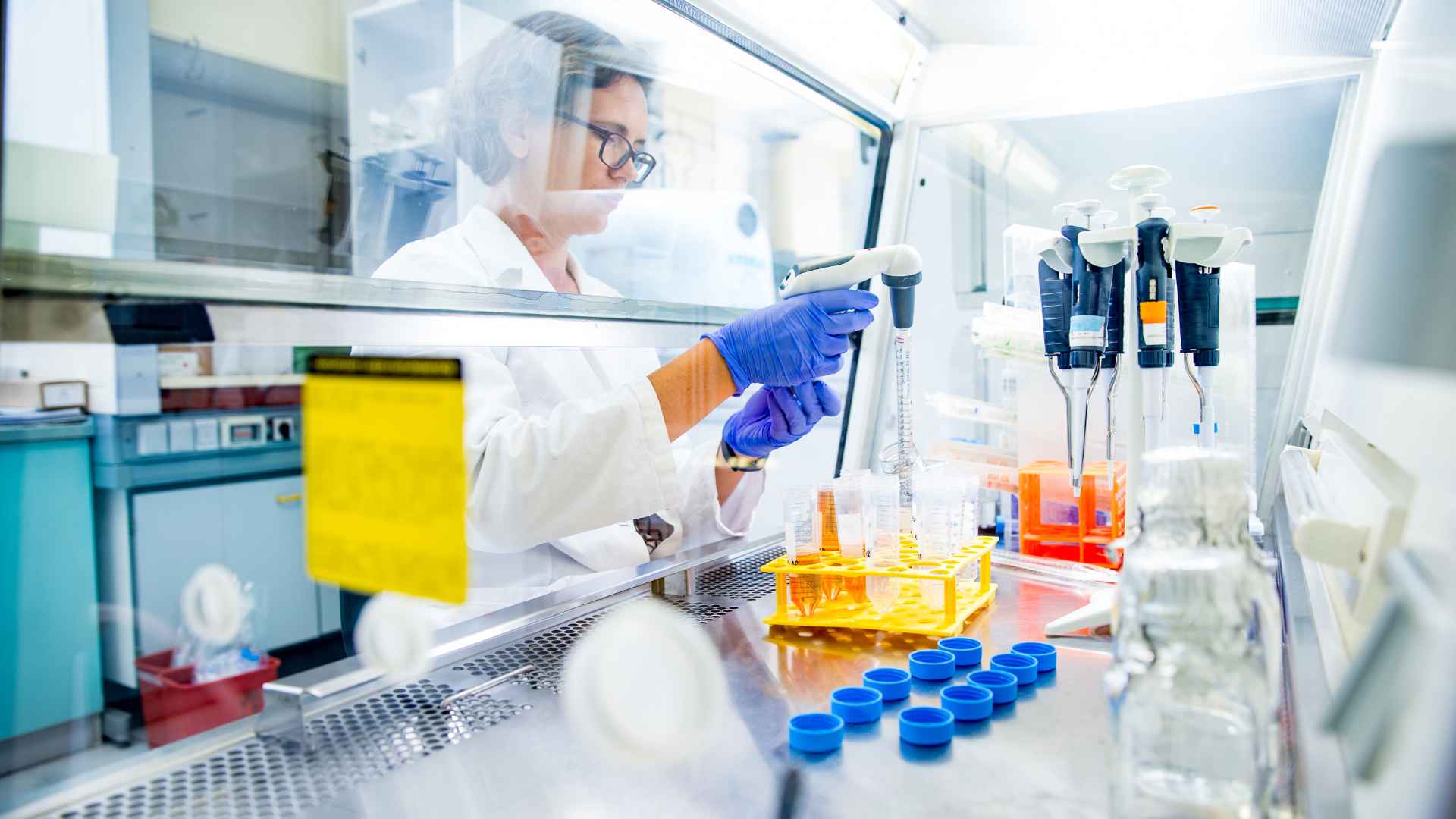comet assay is an in-vitro method used for the determination of DNA damage. Da-Ta Biotech LTD both performs the assay for her customers or provides the kits for the method. The comet assay is called like that due to the special appearance of the damaged DNA in the gel following electrophoresis. The sensitivity was reported to reach 50 strand breaks per diploid cell. The study of DNA damage and repair in different application can benefit from that method regarding the effect of toxic waste or radiation and other manipulations or treatments in development. The effect of earth in different places on earthworms can be evaluated with the use of sentinel animals as DNA damage in models of yeast, plants, invertebrates or mammalians.

Last summer, I stumbled upon a perplexing mystery that seemed to have been taken straight from the pages of a detective novel – one which required me to unravel the intricacies of DNA through an assay called the comet assay. Instead of following footprints or deciphering secret messages, my quest involved unraveling the twists and tangles within the microscopic world of DNA—using something called the comet assay.
I remember squinting down that microscope for what felt like hours. It was as if I was looking at tiny comets streaked across a glassy night sky—a surreal sight revealing hidden tales of damage and repair deep within our cells.
This technique is more than just science fiction; it’s an actual super-tool scientists use to detect genetic wear-and-tear from environmental toxins or to peek into cancer’s playbook. And you’re about to discover how this simple method can let us measure dna damage with such finesse—it might just change your view on cellular health forever.
By diving deeper, we’ll unlock why this tool is vital in human biomonitoring and exactly how it helps chase down those sneaky agents causing harm in our bodies. So let’s get right to it—this advanced technology not only pinpoints the troublemakers but also plays a crucial role in keeping us informed about our health, enabling us to take timely action.
Understanding the Comet Assay
The comet assay, a swift and adaptable test completed in under 24 hours, shines a spotlight on DNA damage within individual cells. This intricate dance of deoxyribonucleic acid tells us tales of strand breaks and genetic integrity. Picture each cell as an enigmatic library where DNA strands break like worn-out book spines.
Let’s zoom into this microscopic world with single-cell gel electrophoresis. It’s like setting up tiny obstacle courses for cellular fragments—some traverse unscathed while others reveal their bruises forming that iconic ‘comet tail’ under fluorescence microscopy.
Detecting these injuries is vital; it lets us peek at the cellular aftermath of environmental agents or parse out potential cancer risks from lung to skin. But remember, it’s not just about spotting breaks—the comet assay can also sniff out more elusive culprits like oxidative base damage or complex DNA crosslinks, offering a panoramic view of our genome’s health landscape.
The Technical Workflow of the Comet Assay
Picture this: your cells are tiny astronauts, and you need to check their spacesuits for tears—that’s what we do with a comet assay. First up, embedding cells for the comet assay is like tucking our astronaut into bed on a microscope slide. This simple method lets us see if their DNA took any hits from cosmic rays—or in science-speak, DNA damage.
Once nestled in agarose gel beds, these cellular cosmonauts take an alkaline bath—think spa day but it’s all about lysing cell membranes and unwinding DNA. It’s crucial because under alkaline conditions (or neutral if that’s your jam), we get to spot single-strand breaks versus more complex double-strand breaks.
Now comes gel electrophoresis—the spacewalk where damaged DNA forms a comet tail relative to its intact nucleus. Just shy of 24 hours later, using fluorescence microscopy shines light on our mini-universe; revealing the tale told by each tail through statistical analysis without ever needing high salt concentrations or repair inhibitors involved in other genotoxicity tests.
Metrics details show just how stellar this technique is at measuring both earthbound toxins and extraterrestrial anomalies alike.
Practical Applications Across Fields
The comet assay isn’t just a nifty lab trick; it’s a powerful tool that spans across various fields. Picture this: scientists, like environmental detectives, use the comet assay to sniff out genotoxic substances in human biomonitoring studies. It’s like having microscopic magnifying glasses that can see DNA strand breaks and oxidative base damage from environmental agents.
Biomonitoring Human Health
In the world of public health, the comet assay is akin to a crystal ball—giving us glimpses into how our cells are holding up against life’s invisible slings and arrows. By assessing DNA single-strand breaks or more complex forms such as cross-links and double-strand breaks within individual cells, researchers gauge exposure levels to potential carcinogens linked with diseases like lung cancer.
Cancer research labs often turn into forensic scenes where scientists dissect cellular clues. They analyze comet tails under fluorescence microscopy—the longer the tail, typically the more DNA damage measured—and apply statistical analysis software for precision you’d expect from an episode of CSI: Cell Science Investigation.
Analyzing Data from a Comet Assay
Ever looked up at the night sky and marveled at a comet’s tail? In our lab, we see similar tails through the lens of a microscope when analyzing DNA damage with comet assays. It’s not just about admiring these ‘tails’, but decoding their lengths and intensities to measure DNA damage in individual cells.
Now picture this: each cell embedded on a microscope slide is like an astronaut set for a lunar mission. But before they can blast off, they’re put through rigorous testing—just as we subject cells to gel electrophoresis under alkaline conditions. This helps us detect strand breaks more accurately than gossip magazines predict celebrity breakups.
To give you hard numbers rather than Hollywood rumors, it’s fascinating that research shows this method can uncover single-strand breaks, double-strand breaks—even oxidative base damage—all within less than 24 hours. So buckle up; using fluorescence microscopy combined with savvy statistical analysis software, we’re unlocking secrets hidden in those luminescent cometary trails one cell at a time.

Advantages and Challenges in Utilizing the Comet Assay
The comet assay steps into the spotlight as a sensitive genotoxicity test, flaunting its ability to measure DNA damage with finesse. Picture this: each cell revealing secrets of genetic stress through fluorescent tails longer than a peacock’s pride—a sight made possible by this ingenious method.
But it’s not all rainbows; researchers often wrestle with limitations when comparing comet assay data against other genotoxicity tests. Imagine trying to piece together a jigsaw puzzle where some pieces morph over time—that’s what assessing DNA damage can feel like amidst varying protocols and interpretations.
Digging deeper, we see that alkaline conditions favor detecting single-strand breaks while neutral conditions prefer double-strand breaks – think of them as two detectives specializing in different types of crime scenes within eukaryotic cells’ intricate webs. With advancements peeking around the corner, who knows how much more we’ll uncover about our cellular constellations?
Enhancing Understanding Through Research Innovations
The comet assay stands as a champion in the arena of genetic toxicology, offering insights into DNA damage with precision that could make even Sherlock Holmes take notes. With DA-TA Biotech’s cell-based assays lighting up pathways to discovery, let’s talk about how this simple method morphed into an indispensable tool.
Digging deep through analysis software allows us to not just scratch the surface but uncover layers beneath. Picture cells embedded like precious gems on a microscope slide—this isn’t your average school project. By unleashing repair endonucleases and observing their ninja-like activity against DNA strand breaks, we’re witnessing a battle royale under our very lenses.
Not only do repair endonucleases heighten specificity, but they also play a pivotal role in DNA experimentation and genetic engineering. These enzymes are akin to meticulous editors, ensuring every letter in the genetic code is exactly where it needs to be.
By doing so, they contribute significantly to the accuracy of gene editing techniques—ushering in new possibilities for medical breakthroughs and scientific discovery.
Now imagine each microscopic warrior—the nucleoid—as it swings its comet tail relative to others; this is where stats jump off the page because sensitivity and specificity get amped up. We’re talking measuring DNA damage so precise that calling it “genetic surveillance” wouldn’t be overkill (PubMed ID 15004294).
These advancements are more than just flashy—they’re reshaping what we know about genotoxic substances and paving new roads for environmental monitoring.
Conclusion
By now, you’ve ventured through the world of the COMET ASSAY. You know it’s a vital tool for spotting DNA damage and understanding cellular repair mechanisms. From environmental monitoring to cancer research, this method is making waves.
Dive in once; see cells revealing secrets under stress. Dive twice; witness individual responses to potential threats through human biomonitoring. The journey from slide to software tells us much about our inner workings.
Remember this: simple yet powerful, comet assays provide clarity on genetic health risks—making them essential for proactive care.
If you’re seeking precision in measuring DNA breaks or chasing after causes of genotoxicity—the comet assay should be your go-to technique.
In all these ways and more, embracing scientific innovation like the comet assay empowers us with knowledge that could one day safeguard not just individual health but also public well-being at large.






